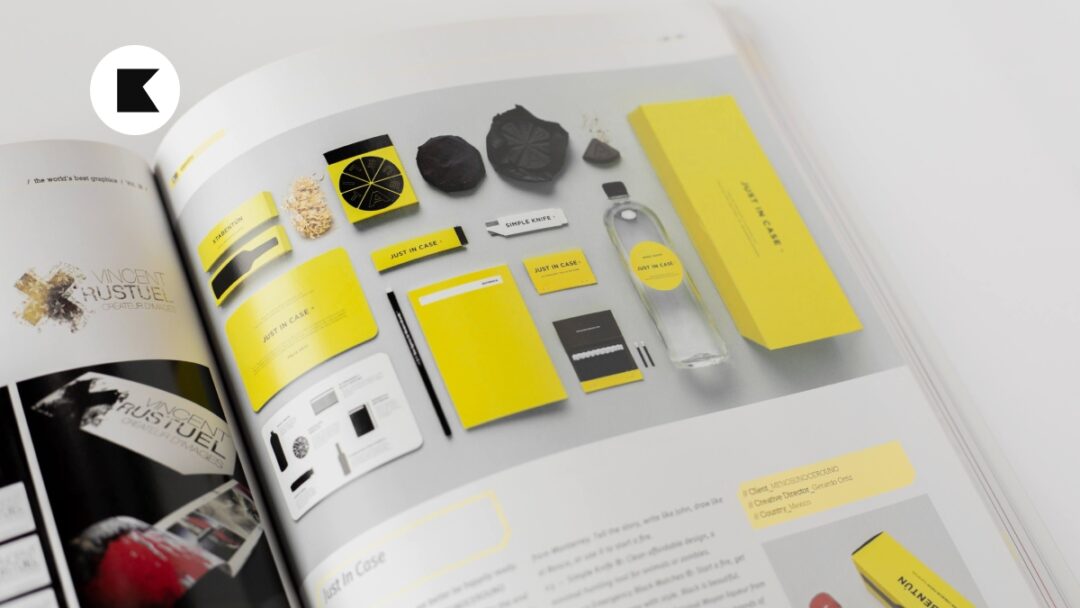Hey, what’s up! In today’s fast-paced, tech-powered world, innovation is everything. Whether you’re a startup founder or a product manager at an established company, staying ahead of competition is crucial. That’s where the concept of a Minimal Viable Product (MVP) comes into play. It’s not just a buzzword; it’s about crafting solutions that matter.
Although these MVP concepts relate primarily to the tech products, I strongly believe they can apply to any product or service in any industry or sector. So let’s explore the ins and outs of building an MVP and discover how it can fuel your journey towards product innovation success.
1. What is an MVP?
An MVP is the most stripped-down version of your product idea that still delivers value to your target audience. It’s not about throwing in all the bells and whistles; it’s about focusing only on the core features that solve a specific problem for your users. Think of it as the foundation upon which you’ll build your product masterpiece.
- Target Audience: Start by identifying your target audience and their pain points.
- Essential Features: List the absolute essential features your product needs to address those pain points.
- Simplicity: Remember, simplicity is key. Less is more at this stage.
2. The MVP Mindset
Building an MVP is not just about cutting features; it’s a mindset shift. It’s about embracing the idea that your product will evolve over time based on user feedback. Here’s how you can adopt this mindset:
- Open to Feedback: Be open to feedback, and actively seek it from early users.
- MVP Won’t Be Perfect: Understand that your first version won’t be perfect, and that’s okay.
- Iterate Quickly: Iterate quickly and continuously improve based on real-world usage.
3. Prototyping and Testing
Before you dive into full-scale development, create a prototype of your MVP. This could be a simple wireframe, a clickable mockup, or even a paper sketch. The goal is to test your concept with real users and validate whether it solves their problems.
- Use Prototyping Tools: Use prototyping tools like Figma or InVision for a digital MVP.
- Conduct User Testing: Conduct user testing sessions to gather insights and make necessary adjustments.
4. Building Your MVP
Now it’s time to start building your MVP. Keep these tips in mind:
- The Right Resource Stack: For tech products, choose the right tech stack that allows for quick development. Similarly, for other products, choose the right parts, ingredients or components that allow for quick development.
- Prioritize Features: Prioritize your product features based on user feedback and your initial analysis.
- Set a Timeline: Set a timeline and stick to it – remember, the goal is speed.
5. Launching and Gathering Feedback
Once your MVP is ready, it’s time to launch it into the world. This is where you’ll start to gather valuable feedback and data that will shape the future of your product.
- Utilize Analytics: Utilize analytics tools to track user behavior.
- Encourage Feedback: Encourage user feedback through surveys, in-app prompts, or customer support channels.
- Stay Agile: Stay agile and responsive, making necessary changes promptly.
6. Scaling Up
As your MVP gains traction and positive feedback, it’s time to think about scaling up. This may involve adding more features, improving performance, and expanding your user base.
- Monitor Metrics: Keep an eye on user retention and growth metrics.
- Allocate Resources Wisely: Allocate resources wisely to support growth without overextending.
Conclusion
Innovation in tech, or any industry for that matter, isn’t about reinventing the wheel. It’s about solving real problems efficiently and effectively. Building an MVP is your ticket to doing just that. Remember, it’s not about being perfect from the start; it’s about learning, adapting, and growing along the way. So, embrace the MVP mindset, prototype, build, and most importantly, listen to your users.
As always, thanks for reading. Keep learning, keep growing!
Love My Newsletters? Work With Me
Do you love reading my newsletters? Perhaps we could work together? Here are 4 ways that I can help you.
1. Weekly Newsletter
Every Monday morning you’ll receive the popular KJDADA Newsletter. You’ll get 1 actionable tip on how to design, launch, grow and monetize products that people love.
2. Online Consultancy
Let’s navigate your product management journey together through online sessions and a personalized report and roadmap. I’ll guide you efficiently from A-to-Z while helping you deliver impactful products to the market with confidence.
3. Product Management
At times, your team’s internal resources may be limited in specialist product areas. Partner with me and collectively we can unlock a broader and richer spectrum of product possibilities.
4. Brand, Website & Email Management
Three important products that any business needs are a quality brand, a quality website and professional email services. Let’s have a chat and explore exciting possibilities together.





